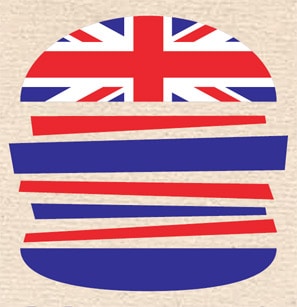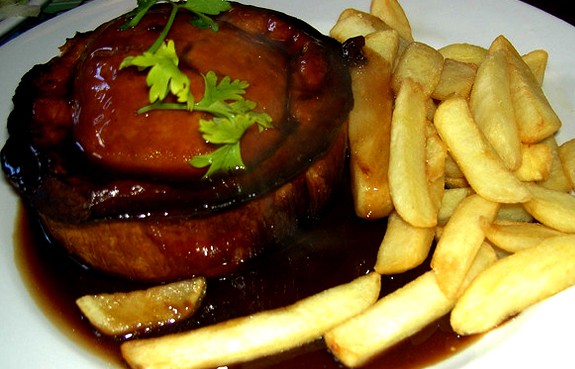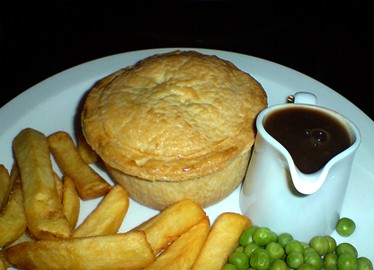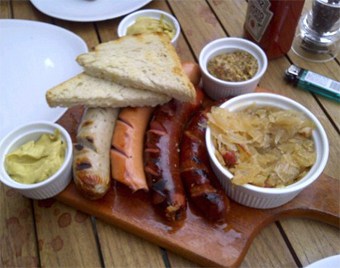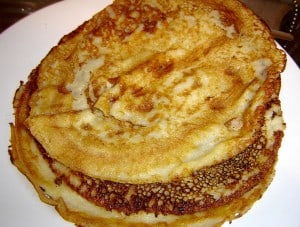 This quick and easy recipe substitutes the milk in your regular pancakes for beer. Beer pancakes are light and moist with a distinct flavour. For the best results make your pancakes American style, adding slightly more mixture to the centre of your frying pan instead of the traditional thin pancake we Britons like to eat on Shrove Tuesday.
This quick and easy recipe substitutes the milk in your regular pancakes for beer. Beer pancakes are light and moist with a distinct flavour. For the best results make your pancakes American style, adding slightly more mixture to the centre of your frying pan instead of the traditional thin pancake we Britons like to eat on Shrove Tuesday.
Before you start, the best type of beer to use in this recipe is a pale, less carbonated (the flatter the better) beer. Of course feel free to experiment all night with different beers and pancake recipes until you find one you love.
Ingredients:
4oz (115g) Plain Flour
4tbsp Caster Sugar
½tsp Baking Powder
1 Egg (beaten)
½pt (280ml) Beer
30g Butter (melted and cooled)
Cooking method:
- Melt the butter in a microwave on a low setting or in a saucepan on the hob and leave to cool slightly but remain a liquid.
- Pour the butter into a container and add the beer. Begin to stir lightly with a whisk.
- Add the egg to the beer and butter mixture making sure the egg is nicely whisked in, then leave to rest.
- In a bowl, sieve the flour, sugar and baking powder together. With a spoon, mix the dry ingredients together by stirring a few times.
- Into the dry ingredients begin mixing the beer/ butter/ egg mixture, keep whisking the two together until just blended.
- Heat your griddle or frying pan to a medium heat, add a drizzle of vegetable oil.
- Pour around 4tbsp of the mixture into the centre of the heated griddle or frying pan. This is up to you, the more mixture the bigger your pancake.
- Watch the pancake on the heat, when bubbles begin to form on the top of the pancake, it’s time to flip it over and cook the other side until browned.
Serving suggestion(s):
These pancakes taste great served with a sliced banana and drizzle of golden syrup / maple syrup or Nutella.
Keep it simple by serving them with lemon and sugar, the bitter lemon really compliments the yeasty flavours.
Serve with melted dark chocolate and cream for a rich taste.
If sweet is not your style, serve with some smoky bacon and crisp lettuce for a savoury alternative.
Are you making pancakes this Shrove Tuesday 2013? Feel free to leave a comment in our comments section below or join in the conversation on our Facebook page.

